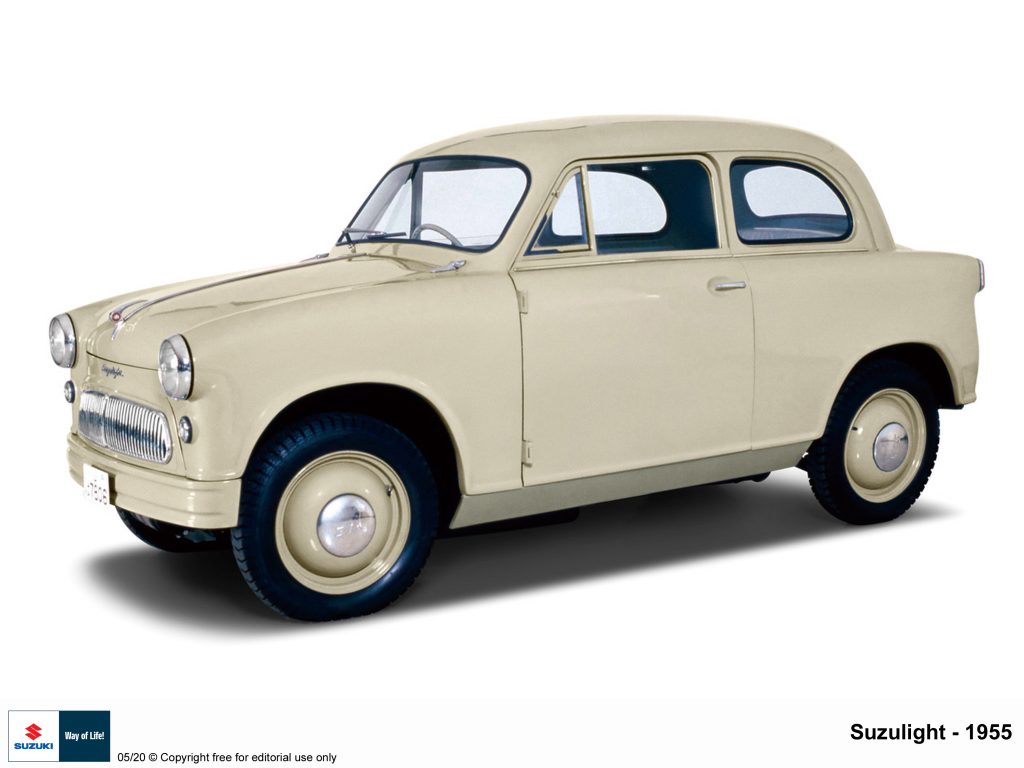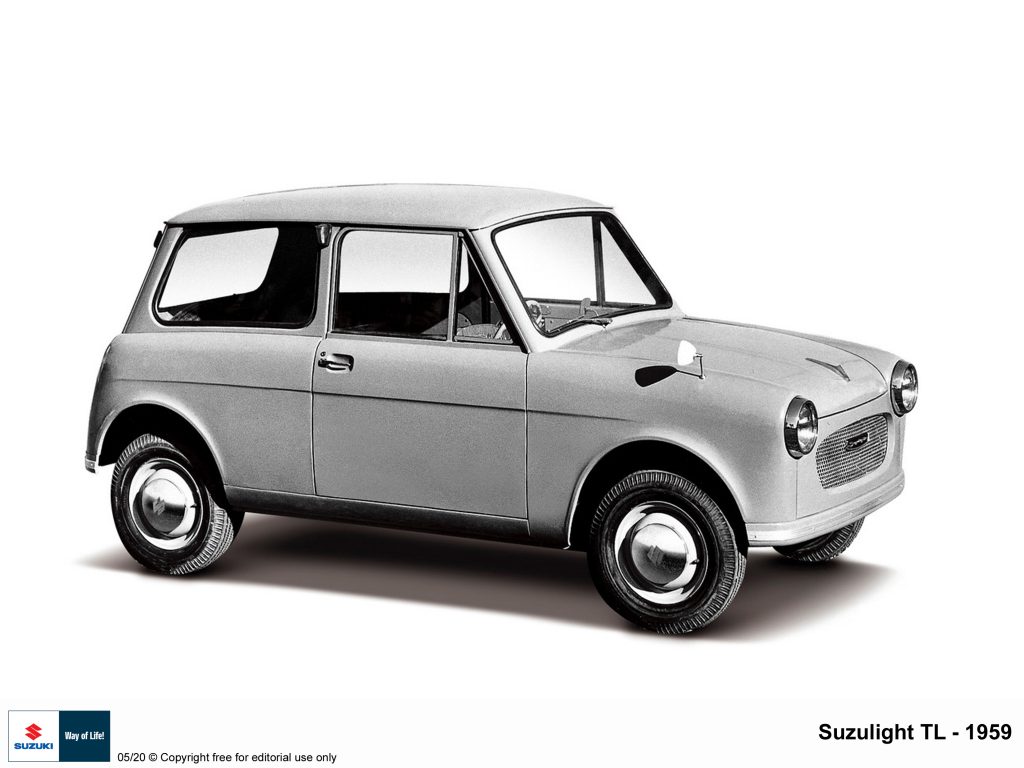JAPANESE CARS WERE hardly on our radar only a few short decades ago, but the Japanese have been producing cars for longer than most of us realise.
This year is Suzuki’s 100th Anniversary, but not of Suzuki cars. Michio Suzuki first started in business in March 1920 with the manufacture of textile looms. These became more advanced and very popular right through to the early 1950’s when there was a global decline in the cotton industry.
Initial development of Suzuki’s first car began as far back as 1937 although this had to be shelved later with the outbreak of the second World War. Research and development finally resumed in 1954 when Suzuki Motor Co Limited was formed.
Using Suzuki’s ‘Yaramaika’ spirit, (translated as ‘Let’s do it’) which was deep in the root of the Enshu region where Suzuki originated together with his determination to drive forward, Michio quickly began researching vehicles produced overseas and gained the knowledge to build the first Suzuki car, known as the Suzulight.
Suzulight was a compact vehicle weighing just over 500kg and powered by a 360cc, 11kW two cylinder, two-stroke engine and the first of its type to ever be fitted to a car. It was also the first car in Japan to feature a Front Wheel Drive/Front engine layout.

The Suzulight easily met the Japanese ‘Keijidosha’ or Kei light car legislation and Suzuki and his team quickly began their first development road testing of it.
As a prototype, its most memorable early drive was a 300km trip across the Hakone mountainous region between Hamamatsu and Tokyo which proved challenging on roads that had not yet been paved. Although arriving very late in the evening, the team arrived to present the car to the President of ‘Yanase Auto’ Japan’s leading authority on Automobiles.
The President had stayed on late to greet the team and made his way out to thoroughly test the car. Several hours later he returned very impressed and immediately gave Suzuki full approval to put the Suzulight into production. It was well ahead of its time with independent coil spring suspension and rack and pinion steering.
Production commenced in October 1955 with initial production of 3-4 cars per month but by early 1956 monthly volume had climbed to 30 units.

In 1959, design changed with the development of the Suzulight TL model and popularity of Suzuki cars quickly grew. The TL also adopted the Front Wheel Drive/Front Engine layout method and gained high acclaim thanks to its superior interior and storage space within its very compact size. The engine remained as a two-stroke, air cooled 360cc unit but with an increase in power to 15.44kW at 5500rpm.
Suzuki experienced a rapid rise in production of mini vehicles thanks to the TL. In December 1959, just three months after its launch it had already reached the monthly production goal of 200 units which climbed very sharply in FY 1960 to a total of 5824 units.
Sixty-five years since delivery of its first car, Suzuki remains committed to small cars and produces three million units per year. Michio Suzuki’s original strategy of the design and production of lightweight vehicles lives on with platforms introduced for Ignis and Swift. The latest Swift Sport Hybrid weighs in at just 1025kg.

I always though Suzuki started building motorbikes about 110 years ago….?
As far as I can tell, Bill, Suzuki’s first motorised bike was the Power Free 36cc two-cycle motorised bicycle in 1952. Another motorised bicycle followed in 1953, the 60cc Diamond Free. The first real motorcycle came in 1955 with the 125cc Colleda. But as always, I’m happy to be corrected!
I’m relying on memory of something I read years ago, about the time I discovered that Daihatsu started buiding petrol engines in 1907. However, Wikipedia says that Suzuki company began in 1874 trading in sugar, then in 1909 reorganised to make weaving looms, its first car being made in 1937, so it seems I have confused the dates.